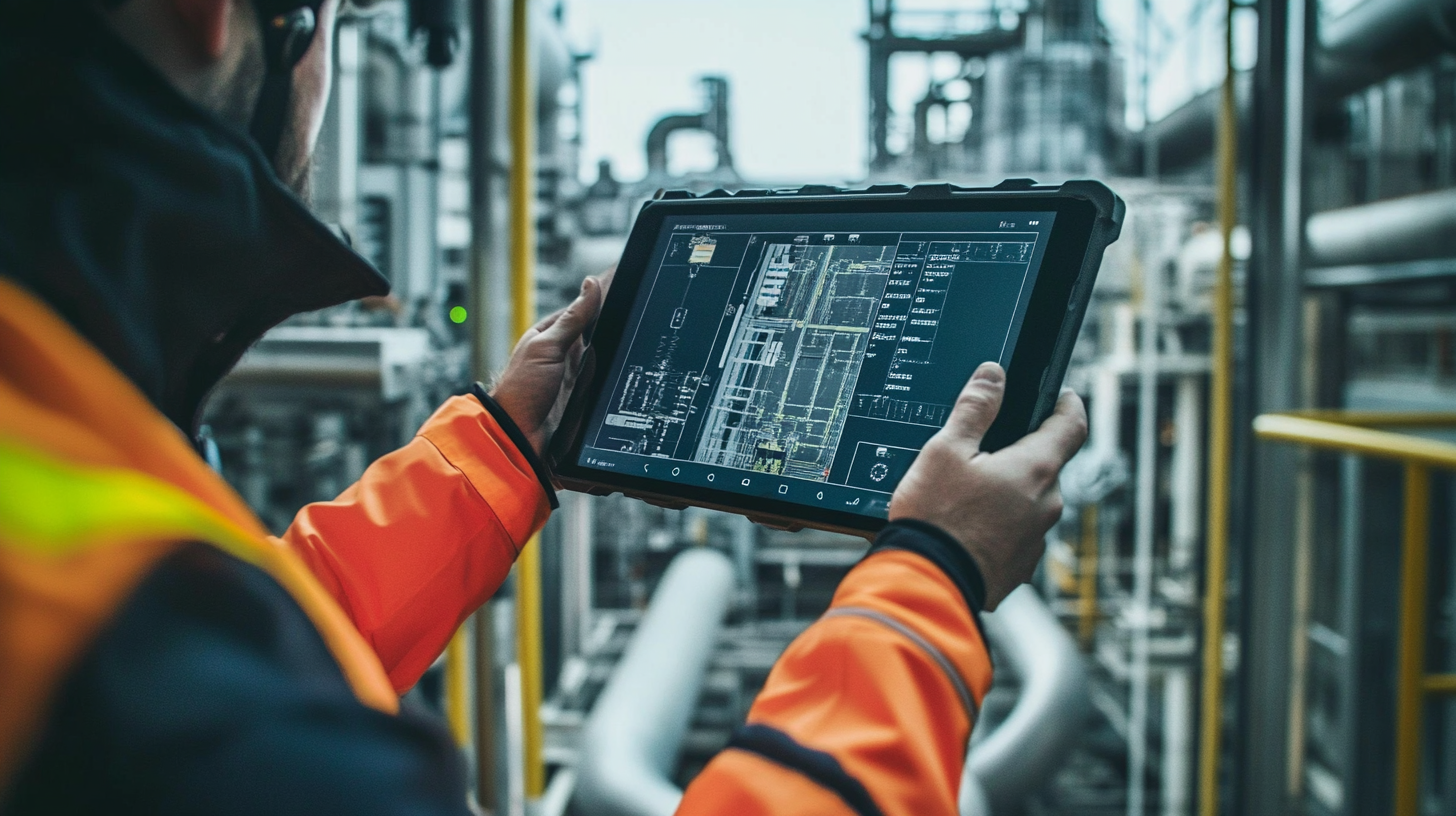Top Examples of Best Tablet Rugged Android Devices for Industrial Use: Key Features and Market Insights
In the fast-paced industrial landscape of 2025, the demand for reliable and efficient technology is at an all-time high. As businesses look to enhance productivity and streamline operations, the emergence of Tablet Rugged Android devices has taken center stage. These devices are not only built to withstand harsh environments but are also equipped with advanced features tailored for industrial applications. In this blog, we will explore the top examples of the best Tablet Rugged Android devices currently available on the market, highlighting their key attributes, performance capabilities, and how they align with the latest industry trends. By delving into these cutting-edge solutions, readers will gain valuable insights into how adopting robust technology can revolutionize their operational strategies and improve efficiency in challenging work settings.
Top Rugged Android Tablets for Industrial Environments: A Comprehensive Overview
Rugged Android tablets have become an essential tool in industrial environments, offering durability and performance that standard devices cannot match. These tablets are designed to withstand harsh conditions, including extreme temperatures, moisture, and impacts, making them ideal for fieldwork, manufacturing, or construction sites. Key features often include high-resolution screens that are easily readable in direct sunlight, extended battery life for long shifts, and customizable interfaces to suit various industrial applications.
When selecting a rugged Android tablet, keep in mind the operating environment. For instance, if you work in wet or dusty locations, choose a device with high IP ratings. Additionally, look for tablets with military-grade certifications, which indicate they can endure shock and vibration. This not only ensures longevity but also reduces the need for frequent replacements, saving your organization money over time.
Tip: Always evaluate the device's software compatibility with existing enterprise systems to ensure seamless integration. Furthermore, consider accessories like protective cases or mounting options, which can enhance the tablet's utility in specific use cases, providing additional protection and adaptability in diverse industrial settings.
Essential Features That Define the Best Industrial Rugged Tablets
When selecting the best industrial rugged tablets, several essential features come into play that define their suitability for demanding environments. Firstly, durability is paramount; these tablets must withstand extreme temperatures, dust, water exposure, and accidental drops. Look for devices with an IP68 rating and MIL-STD-810G certification, ensuring they can endure harsh conditions while maintaining functionality. Materials such as reinforced glass and ruggedized casing contribute significantly to their resilience, making them reliable tools for fieldwork.
Another critical feature is battery life. Industrial rugged tablets should offer long-lasting power to support extended use without frequent charges. A battery capable of operating for a full shift or even longer is essential, particularly in remote locations where access to power may be limited. Additionally, versatility in accessories—such as ruggedized keyboards, stylus pens, and mounts—enhances usability across different industrial applications. Finally, connectivity options, including 4G LTE and Wi-Fi, enable seamless communication and data sharing, which is vital for businesses that rely on real-time information in the field.
Market Trends in Industrial Rugged Tablets: What to Expect in 2025
As we look ahead to 2025, the market for industrial rugged tablets is poised for significant transformation, driven by advances in technology and changing user needs. One of the most notable trends is the increasing integration of artificial intelligence and machine learning capabilities. These innovations will enable rugged tablets to offer enhanced data analysis and real-time insights, thus improving operational efficiency and decision-making processes in industrial settings.
Moreover, as industries push towards greater mobility and flexibility, the demand for devices that combine durability with lightweight designs will surge. Manufacturers are likely to focus on creating tablets that can withstand extreme environments while remaining portable. Additionally, advancements in battery technology will lead to longer-lasting devices, further appealing to sectors like construction, logistics, and field services where uptime is critical. The emphasis on user-friendly interfaces and customizable features will also cater to a diverse range of applications, making rugged tablets an essential tool in industrial operations by 2025.

Comparative Analysis: Leading Brands in the Rugged Android Tablet Market
In the rugged Android tablet market, several brands stand out due to their commitment to durability and performance in industrial settings. According to a recent report by MarketsandMarkets, the global rugged tablet market is projected to reach USD 2.93 billion by 2025, with a significant compound annual growth rate (CAGR) of 5.8% from 2020. Leading brands such as Panasonic, Zebra Technologies, and Getac have consistently redefined the standards for rugged devices, ensuring they withstand harsh environments while delivering top-tier processing power and usability.

Panasonic's Toughbook line is renowned for its robust build quality, featuring military-grade specifications that have made it a preferred choice in sectors such as construction and logistics. Similarly, Zebra Technologies offers the XSLATE R12, designed to operate in extreme temperatures and equipped with advanced data capture capabilities. Meanwhile, Getac's Z710 tablet is highlighted for its exceptional battery life and sunlight-readable display, crucial for field operations.
As businesses increasingly prioritize mobility and efficiency, these brands are poised to shape the future of rugged Android tablets, catering to the evolving demands of industrial users.
Practical Tips for Selecting the Right Rugged Tablet for Industrial Needs
When selecting a rugged tablet for industrial needs, several key features should guide your decision. Firstly, durability is paramount; look for devices that can withstand extreme temperatures, water, dust, and drops. MIL-STD ratings can provide insight into a tablet's ability to endure harsh conditions, ensuring that it will perform reliably in demanding environments. Additionally, battery life should be a consideration, as prolonged usage in the field necessitates devices that can last through long shifts without needing constant recharging.
Connectivity options are another crucial aspect. In many industrial settings, having robust wireless capabilities like 4G LTE and Wi-Fi can greatly enhance productivity. Devices that offer customizable ports for accessories can also enhance functionality, allowing for integration with other tools used in the field. As the rugged tablet market is projected to grow at a rate of over 6.1% through 2032, it's evident that industries are increasingly recognizing the need for reliable mobile solutions that can both meet their connectivity demands and withstand the rigors of the work environment.
Top Examples of Best Tablet Rugged Android Devices for Industrial Use: Key Features and Market Insights
| Model |
Display Size |
Battery Life |
Operating System |
Durability Rating |
Weight |
Price Range |
| Rugged Tablet A |
10.1 inches |
up to 12 hours |
Android 11 |
IP67, MIL-STD-810G |
1.5 kg |
$600 - $800 |
| Rugged Tablet B |
8 inches |
up to 10 hours |
Android 10 |
IP68, MIL-STD-810G |
0.8 kg |
$500 - $700 |
| Rugged Tablet C |
12.2 inches |
up to 15 hours |
Android 12 |
IP65, MIL-STD-810H |
1.2 kg |
$700 - $900 |
| Rugged Tablet D |
10.5 inches |
up to 11 hours |
Android 11 |
IP69, MIL-STD-810G |
1.7 kg |
$800 - $1000 |

Home
Products
Solutions
MDM Software
OEM/ODM
About Us
About 3Rtablet
Quality Control
Contact Us
News
New Product Launch: 3R Rugged Tablet PC: AT-10AL—Powerful Customization with Yocto System
3Rtablet: Enhancing Your Off-Road Adventures,Your Ultimate Off-Road Companion
3Rtablet: Powering Productivity in Construction and Agriculture
Choosing Your Ideal Linux Rugged Tablet: Why Opt for Yocto?
Choosing Your Ideal Linux Rugged Tablet: Why Opt for Debian?
Yocto VS Debian - Choosing Between Yocto and Debian
GMS Certified Android Device: Ensuring Compatibility, Security and Rich Functions
New Arrivals: Rugged Android 12.0 or Linux Yocto OS Vehicle Telematics Box for Vehicle Applications in Various Sectors
Rugged Tablet For Taxi Dispatch
Rugged Driver Tablets Revolutionize Safety and Efficiency in Mining Operations
Rugged In-Vehicle Tablets Power the Growth of IoT Revolution in Modern Industries
VT-7A PRO: New Android 13 Rugged Vehicle Tablet with GMS Certification
Taxi Dispatch Rugged Vehicle Tablet: Taximeter Ruggedized Car Tablet PC with CANBUS MDT Terminal Is Bound to Make an Impact in Your Business
Sick and Tired of Doing Fleet Management the Old Way? Read This! Discover Smarter Solutions with MDT Terminals, Rugged Vehicle Tablets, MDM Platforms, and More
Global Memory Supply Faces Severe Disruptions Amid AI-Driven Demand Surge
FAQs
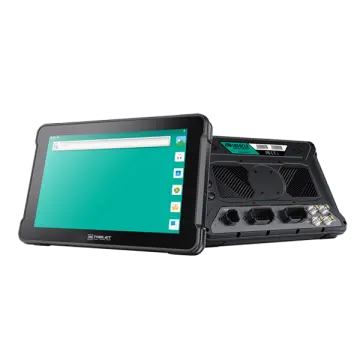 AT-10A
AT-10A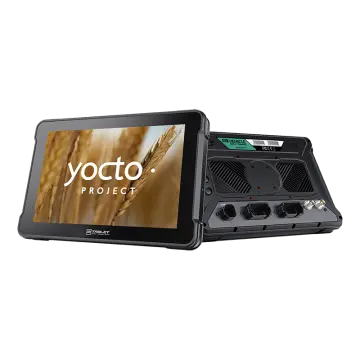 AT-10AL
AT-10AL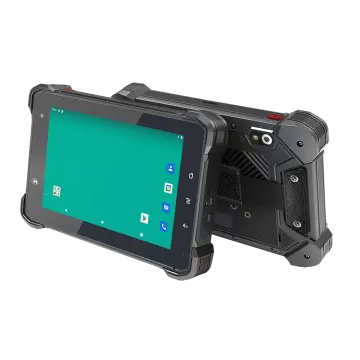 VT-7 GA/GE
VT-7 GA/GE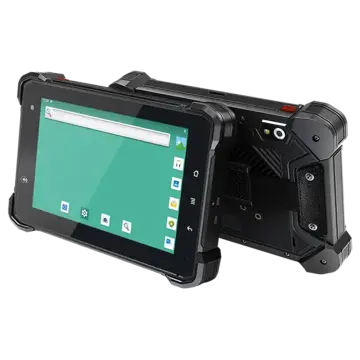 VT-7 Pro
VT-7 Pro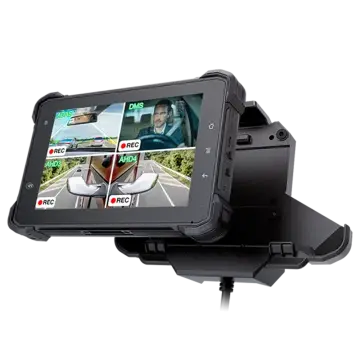 VT-7 PRO (AHD)
VT-7 PRO (AHD) VT-7A
VT-7A VT-7AL
VT-7AL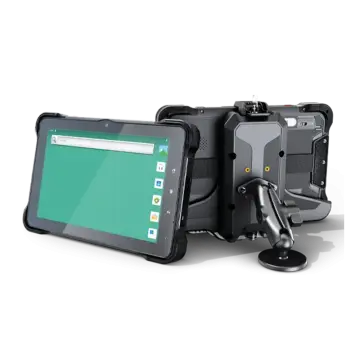 VT-10
VT-10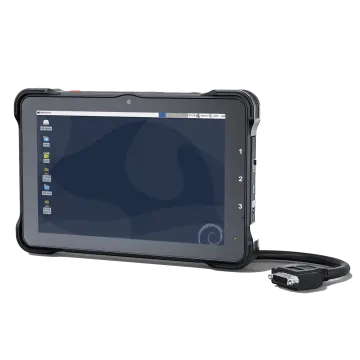 VT-10 IMX
VT-10 IMX VT-10 Pro
VT-10 Pro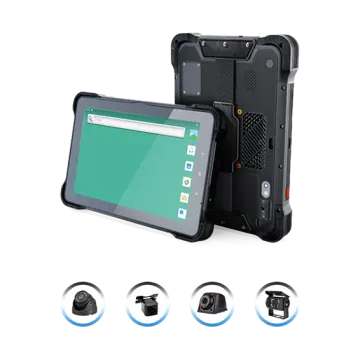 VT-10 Pro AHD
VT-10 Pro AHD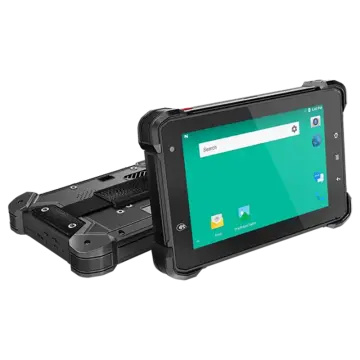 VT-7
VT-7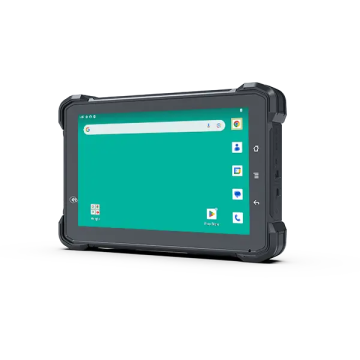 VT-7A PRO
VT-7A PRO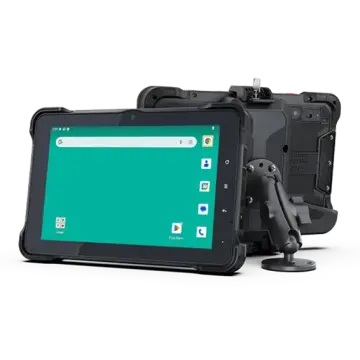 VT-10A Pro
VT-10A Pro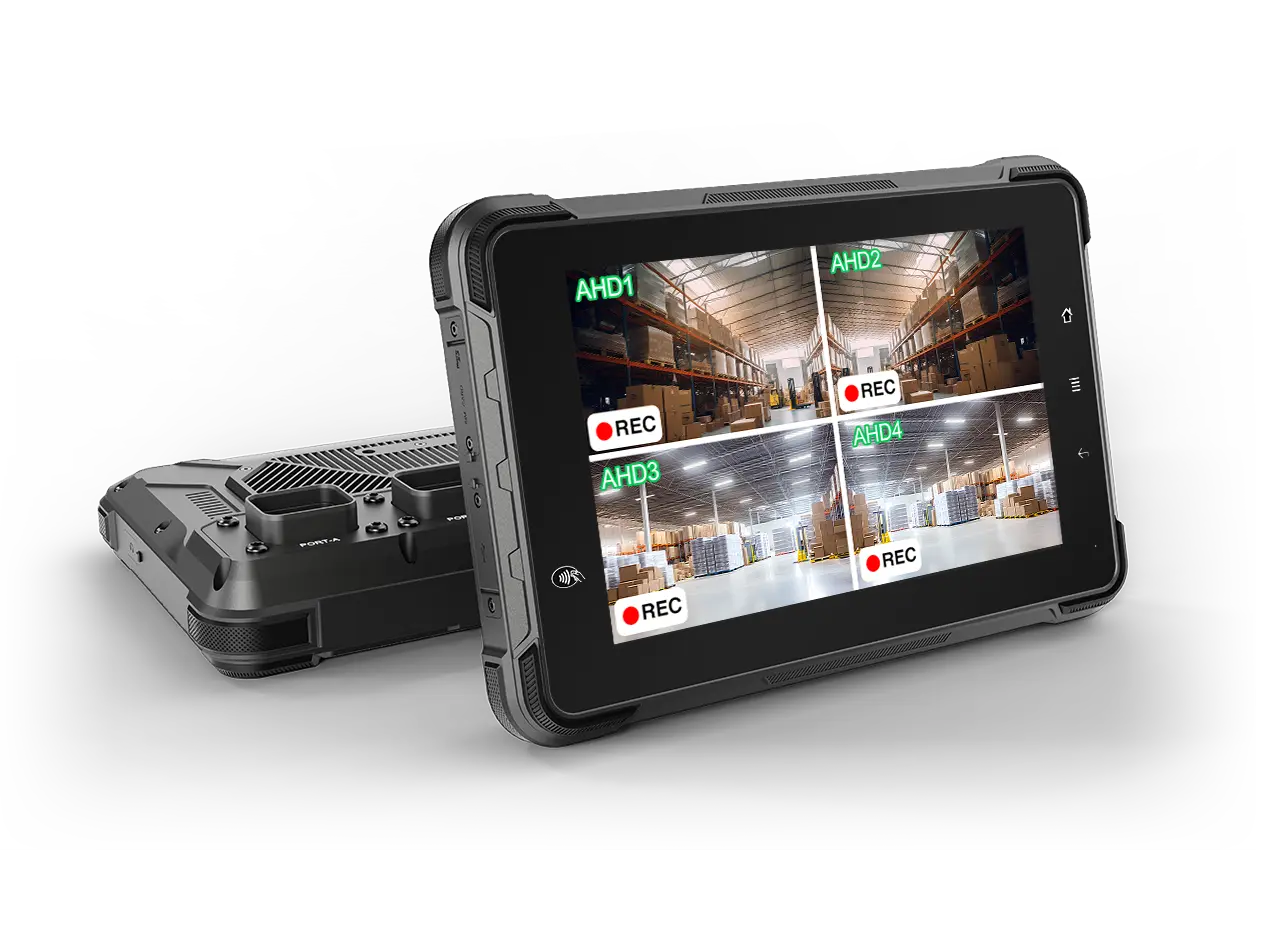 ST-7 Rugged Table
ST-7 Rugged Table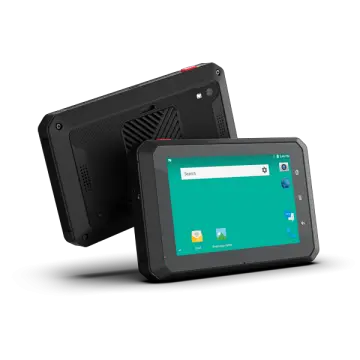 VT-5A
VT-5A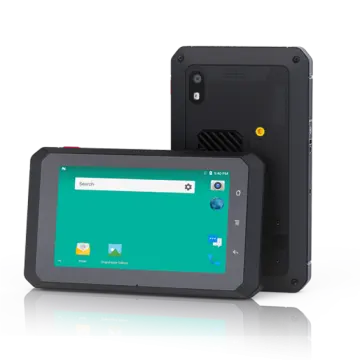 VT-5
VT-5 VT-BOX
VT-BOX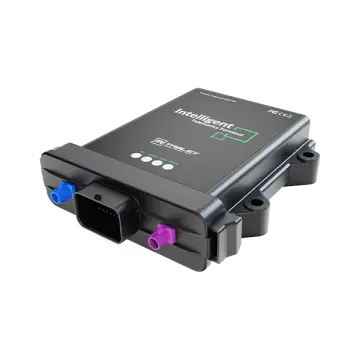 VT-BOX-II
VT-BOX-II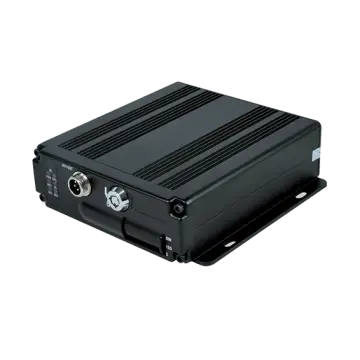 AI-MDVR040
AI-MDVR040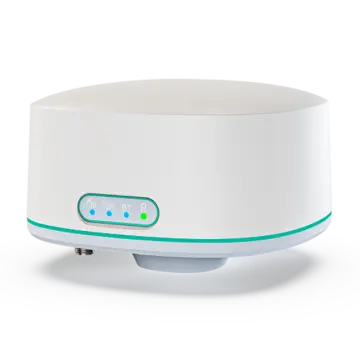 AT-B2
AT-B2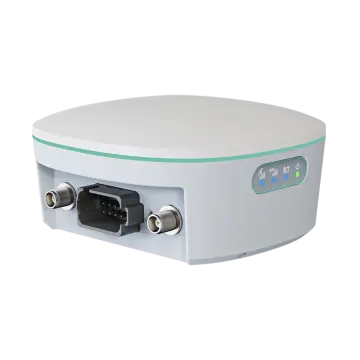 AT-R2
AT-R2